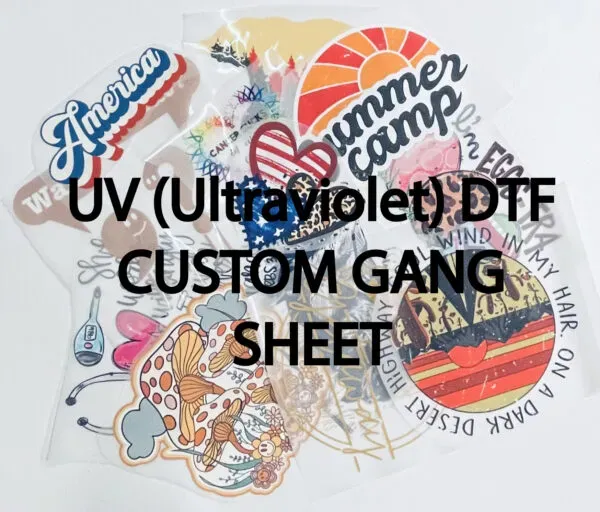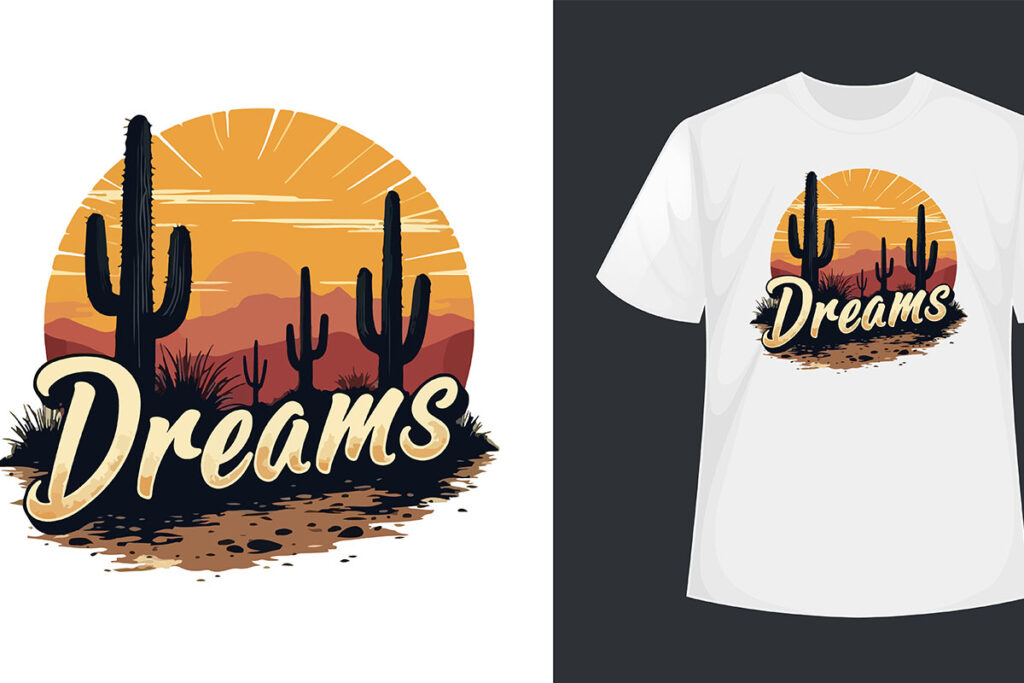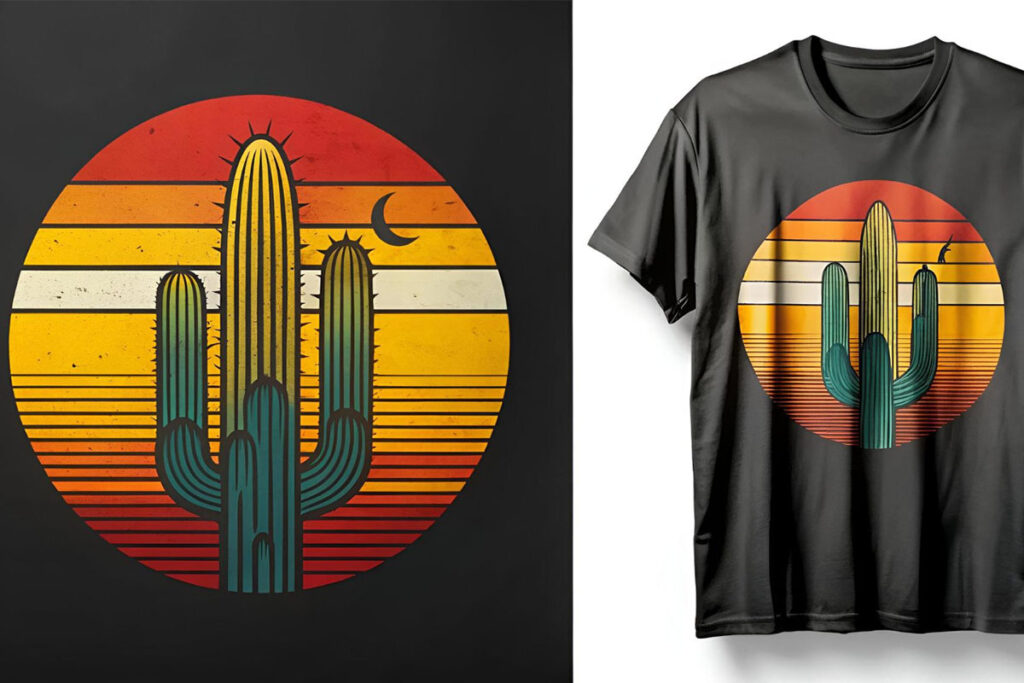UV DTF Gangheet is redefining the landscape of textile printing technology, bringing forth a new era characterized by precision, speed, and sustainability. This innovative printing method combines the best of digital textile printing with UV-cured inks, offering remarkable benefits for fabric applications. With its stunning color vibrancy and incredible durability, UV DTF Gangheet caters to the growing demand for custom textile printing, embracing both creativity and consumer preferences. Additionally, the eco-friendly credentials of this technology underscore its role in promoting sustainable textile printing practices, positioning it as a frontrunner in the industry. As we explore the nuances of UV DTF Gangheet, it becomes evident that its advantages are not just technical but also a response to a rapidly evolving marketplace.
The concept of UV DTF Gangheet can also be understood through the lens of advanced fabric printing innovation known as direct-to-film technology. This sophisticated process leverages UV printing advantages to ensure high-quality, long-lasting designs that appeal to a diverse array of textiles. As the digital textile printing space expands, the integration of sustainable approaches within the custom printing realm enhances the efficacy and appeal of this method. By examining the dynamics surrounding UV DTF Gangheet, we can appreciate the nuances of contemporary textile practices and their influence on industry trends. It’s evident that this printing technology stands at the forefront of a transformation, merging artistry with environmentally conscious production.
The Basics of UV DTF Printing Technology
UV Direct to Film (DTF) printing is a cutting-edge development in the textile printing realm that utilizes ultraviolet light to cure prints as they are deposited on material. This technique allows businesses to achieve sharp visuals and bright colors on a diverse array of fabrics, making it increasingly popular among designers and manufacturers. Understanding the mechanics behind UV DTF printing is essential for those in the textile industry, as it represents a significant leap from traditional methods such as screen printing.
One of the captivating aspects of UV DTF technology is its adaptability. It can efficiently print on various textiles, including common materials like cotton and polyester, as well as specialized fabrics. This capability has broadened the scope for designers, enabling more complex and vivid designs without compromising on print quality or durability.
Key Benefits of UV DTF Gangheet
UV DTF Gangheet offers several noteworthy advantages that enhance its appeal for textile printing. Primarily, the speed and efficiency of this technology enable manufacturers to boost output while maintaining high-quality standards. Unlike conventional methods that can be time-consuming and labor-intensive, businesses using UV DTF Gangheet can achieve rapid turnaround times, meeting market demands effectively. This efficiency is especially critical in today’s fast-paced retail environments where instant gratification drives consumer behavior.
Additionally, the durability of prints produced by UV DTF Gangheet is another compelling benefit. The curing process ensures that prints are resistant to washing and fading, providing longevity that is essential for products in everyday use. This durability not only enhances customer satisfaction but also minimizes the need for returns and reprints, contributing to a more sustainable business model.
Customization in Textile Printing with UV DTF Gangheet
The contemporary market increasingly emphasizes customization, and UV DTF Gangheet is uniquely positioned to cater to this demand. With its versatility, businesses can produce bespoke items on a large scale without compromising quality. This level of customization transforms consumer relationships; instead of generic products, customers can now engage with brands that offer personalized items tailored to their individual preferences.
Moreover, the integration of digital design tools with UV DTF technology encourages innovation in product offerings. Designers can seamlessly create intricate artwork that can be directly printed onto textiles, enhancing the overall aesthetic appeal of the final product. The option for customization not only meets consumer expectations but also drives brand loyalty and customer engagement.
Sustainability and UV DTF Gangheet Printing
In an era where environmental consciousness is paramount, UV DTF Gangheet excels in its sustainable printing practices. The use of UV inks results in lower emissions of volatile organic compounds (VOCs) during printing, making it a cleaner option compared to traditional printing methods. This attribute is crucial for businesses aiming to reduce their ecological footprint while complying with environmental regulations.
Additionally, the efficiency of UV DTF printing minimizes waste by optimizing ink usage and reducing excess material production. This focus on sustainability is an increasingly important selling point for customers who prioritize eco-friendly products. Brands adopting UV DTF Gangheet can confidently market their offerings as environmentally responsible, appealing to a broader consumer base.
The Future of Textile Industry with UV DTF Gangheet
The textile printing industry is undergoing a paradigm shift driven by the introduction of UV DTF Gangheet. As businesses realize the potential benefits, there is a growing trend towards integrating UV DTF technology into their operations. This shift signifies a commitment to embracing innovation, improving production processes, and meeting consumer demand efficiently.
Looking forward, the future of UV DTF printing seems promising. With continuous advancements in technology, including better print heads and curing systems, this method will only become more effective. As brands increasingly seek methods to personalize and enhance their products, UV DTF Gangheet stands out as a key player in redefining textile printing.
Market Trends Influencing UV DTF Gangheet
Recent market trends reflect a growing interest in UV DTF Gangheet as companies look to invest in advanced printing technologies. Many textile manufacturers who previously depended on traditional screen printing methods are now transitioning towards UV DTF to remain competitive in the ever-evolving market. This trend underscores the broader acceptance of digital textile printing technologies as vital for modern manufacturing.
Furthermore, the demand for customization has surged, prompting manufacturers to adopt efficient systems like UV DTF Gangheet that cater to this need. This growing customization trend is reshaping production practices across various sectors, as businesses recognize the importance of tailoring their offerings to meet unique consumer preferences.
Frequently Asked Questions
What are the main advantages of UV DTF Gangheet in textile printing?
UV DTF Gangheet offers several advantages, including speed and efficiency, enhanced durability of prints, and versatility across various materials. This technology allows for rapid production, resulting in quicker turnaround times for custom textile printing, while delivering vibrant, longer-lasting designs.
How does UV DTF Gangheet contribute to sustainable textile printing practices?
UV DTF Gangheet utilizes inks that emit lower levels of volatile organic compounds (VOCs), making it more environmentally friendly than traditional printing methods. Additionally, its high efficiency reduces waste by optimizing ink usage, aligning with sustainable textile printing goals.
In which industries is UV DTF Gangheet commonly used?
UV DTF Gangheet is widely used in industries such as fashion, home decor, sportswear, and personalized gift items. Its capability to print on various fabric types makes it suitable for custom textile printing across multiple sectors.
What recent innovations are enhancing UV DTF Gangheet technology?
Recent innovations in UV DTF Gangheet include advanced curing technologies that ensure faster drying times and higher print resolutions. Additionally, the integration of digital design tools allows for seamless artwork creation and direct printing, enhancing the customization capabilities.
How does UV DTF printing compare to traditional textile printing methods?
UV DTF Gangheet outperforms traditional textile printing methods, such as screen printing, by providing quicker production times, superior print durability, and greater versatility. These advantages make it a preferred choice for modern textile manufacturers looking to meet consumer demand.
What role does customization play in the demand for UV DTF Gangheet?
Customization is a significant driver of demand for UV DTF Gangheet as consumers increasingly seek personalized products. This technology allows businesses to efficiently produce bespoke textile items without compromising on quality or speed, catering to this growing market trend.
| Key Features | Details |
|---|---|
| What is UV DTF Gangheet? | An advanced printing technology combining direct-to-film printing with UV-cured inks, allowing high-quality prints on various textiles. |
| Advantages | |
| Speed and Efficiency | Reduces production time significantly compared to traditional methods, enabling rapid turnaround and flexibility. |
| Enhanced Durability | Produces vibrant prints that are resistant to washing and fading, ensuring longer-lasting products. |
| Versatility | Can print on a range of materials from cotton to synthetics, catering to diverse markets. |
| Market Trends | |
| Customization Demand | Enables mass customization to meet consumer preferences for personalized products. |
| Large-scale Adoption | Many textile companies are integrating UV DTF technology into their production processes. |
| Environmental Impact | |
| Low VOCs Emission | UV DTF inks contribute to a cleaner environment by emitting fewer volatile organic compounds. |
| Reduced Waste | Minimizes excess material and optimizes production, lowering environmental footprint. |
| Innovations Driving UV DTF | |
| Advancements in Curing Technology | New curing systems improve print quality and speed of production. |
| Integration with Digital Design Tools | Allows seamless collaboration between design software and printing systems, enhancing customization. |
Summary
UV DTF Gangheet is not just transforming the landscape of textile printing; it represents a significant leap towards modernizing this industry. With its impressive speed, durability, and versatility, UV DTF Gangheet is setting the stage for enhanced customization and market responsiveness. The environmental benefits of this technology further reinforce its potential as a sustainable choice for manufacturers. As businesses continue to embrace these advancements, UV DTF Gangheet stands as a beacon of innovation that is reshaping the future of textile production.



